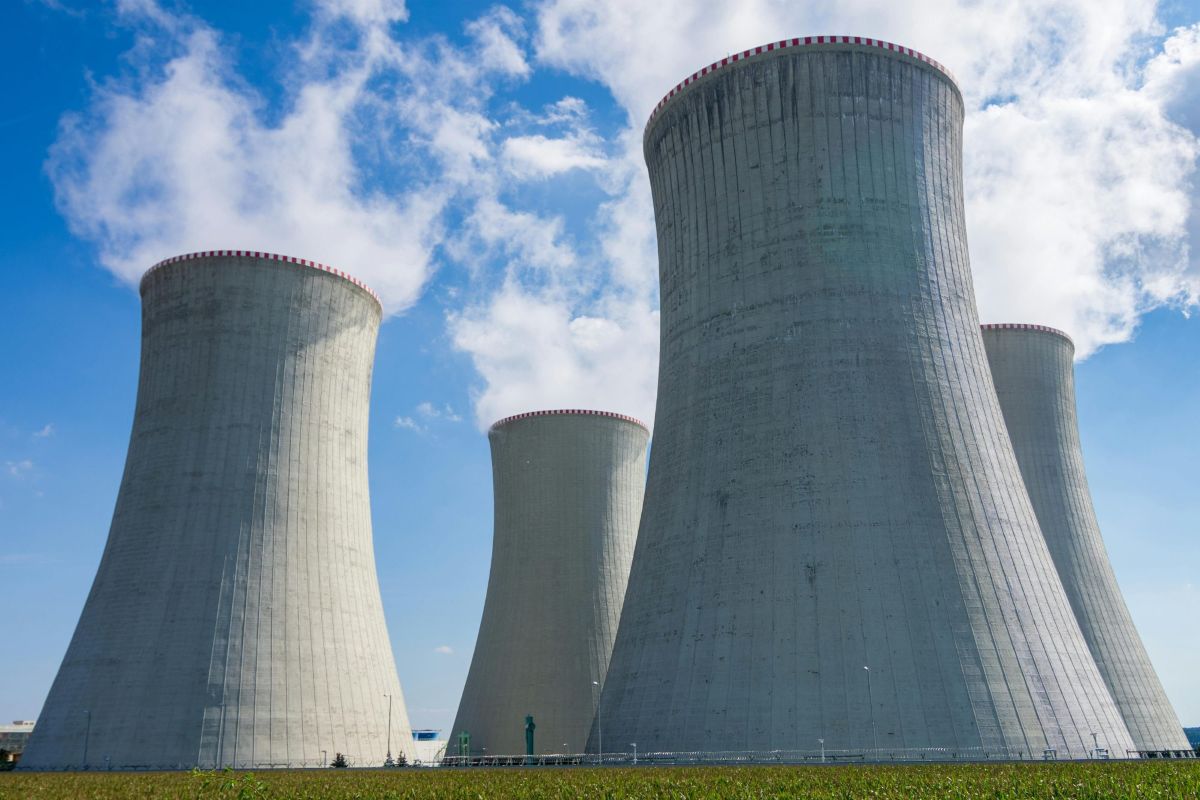Securing high-quality FDI inflows
In order to make sure that the incoming foreign investment is of high quality, “Vietnam needs to focus on three main areas”.
The first area, according to the RMIT academic is infrastructure, which includes transportation infrastructure and telecommunications connectivity. The second is education, to bring more skills and capacity into the workforce.
“There is already a shortage of skilled labour so the government might try to think of ways to incentivise people to attend vocational schools rather than universities,” Dr Walsh said.
“The skills and knowledge that Vietnamese students learn from overseas universities should also be used in the local economy whenever possible.”
The third focus area is the issue of the ‘missing middle’; there are very few businesses in Vietnam that fall into the middle category of 25-100 employees, and a departmental structure.
“When investing firms decide where to put their money, they want to find places where local firms can be trusted to provide local supplies and services such that they can join supply chains. However, there is a lack of such firms in Vietnam and so incoming firms have to invest further in providing their own supplies and services,” Dr Walsh explained.
“Ways should be found to encourage small firms to increase their size so as to be able to tender for jobs with inwardly investing firms.”
Dr Walsh added that firms should also prepare to take advantage of ‘Thailand plus one’ or ‘China plus one’ strategies, where companies do the more advanced parts of production or assembly in the first country and less advanced activities in another country.
“This will require good transportation and no needless tariffs or barriers to cross-border movement of intermediate goods,” he emphasised.
Story: Ngoc Hoang





